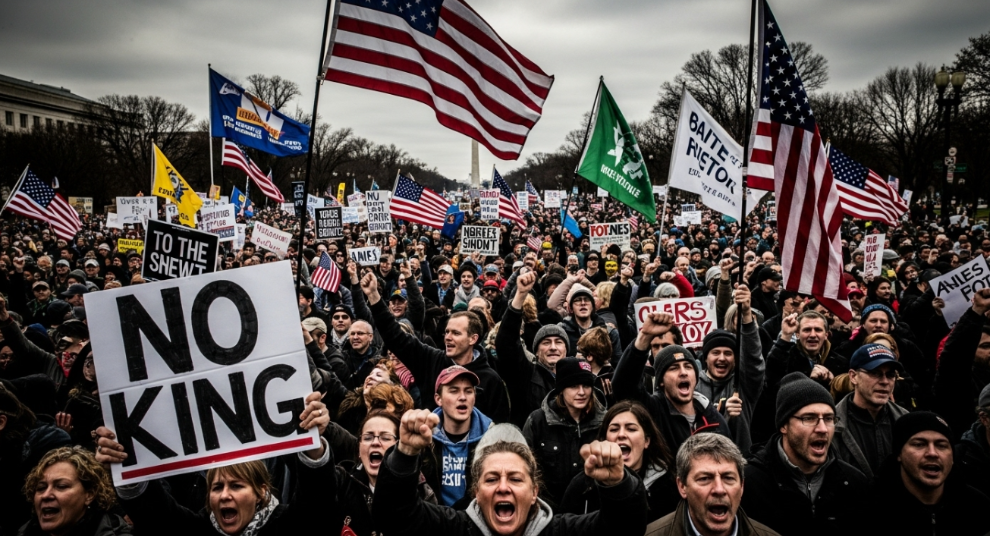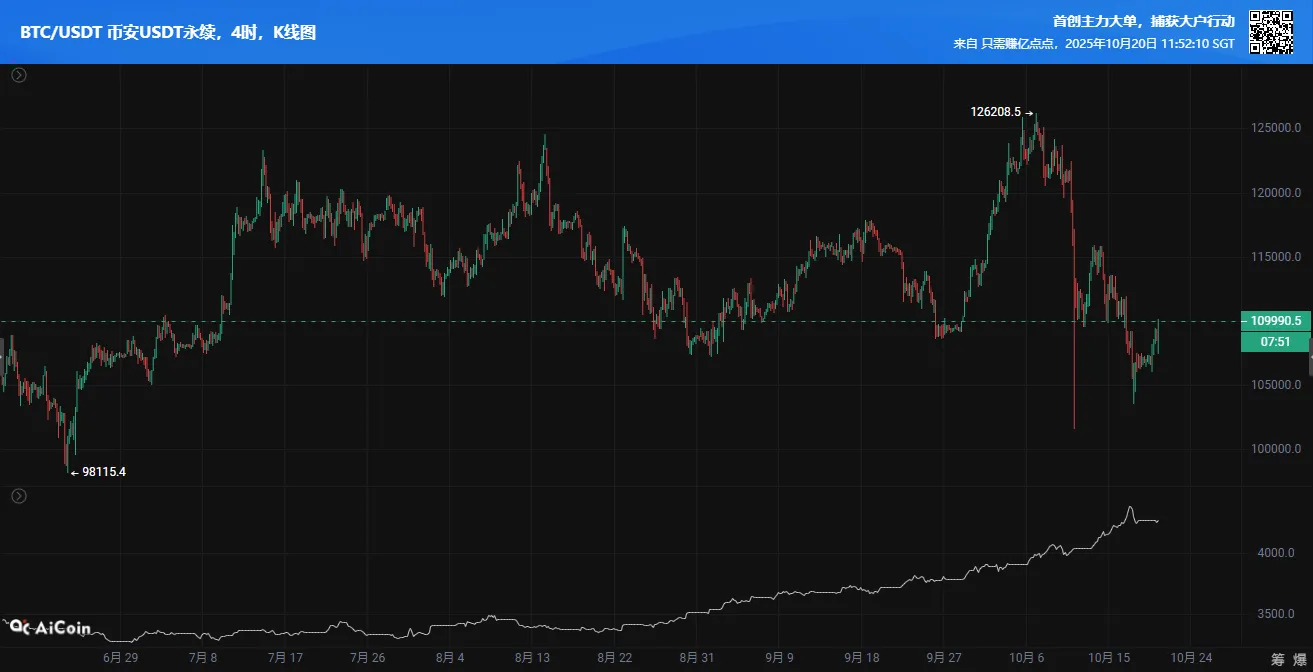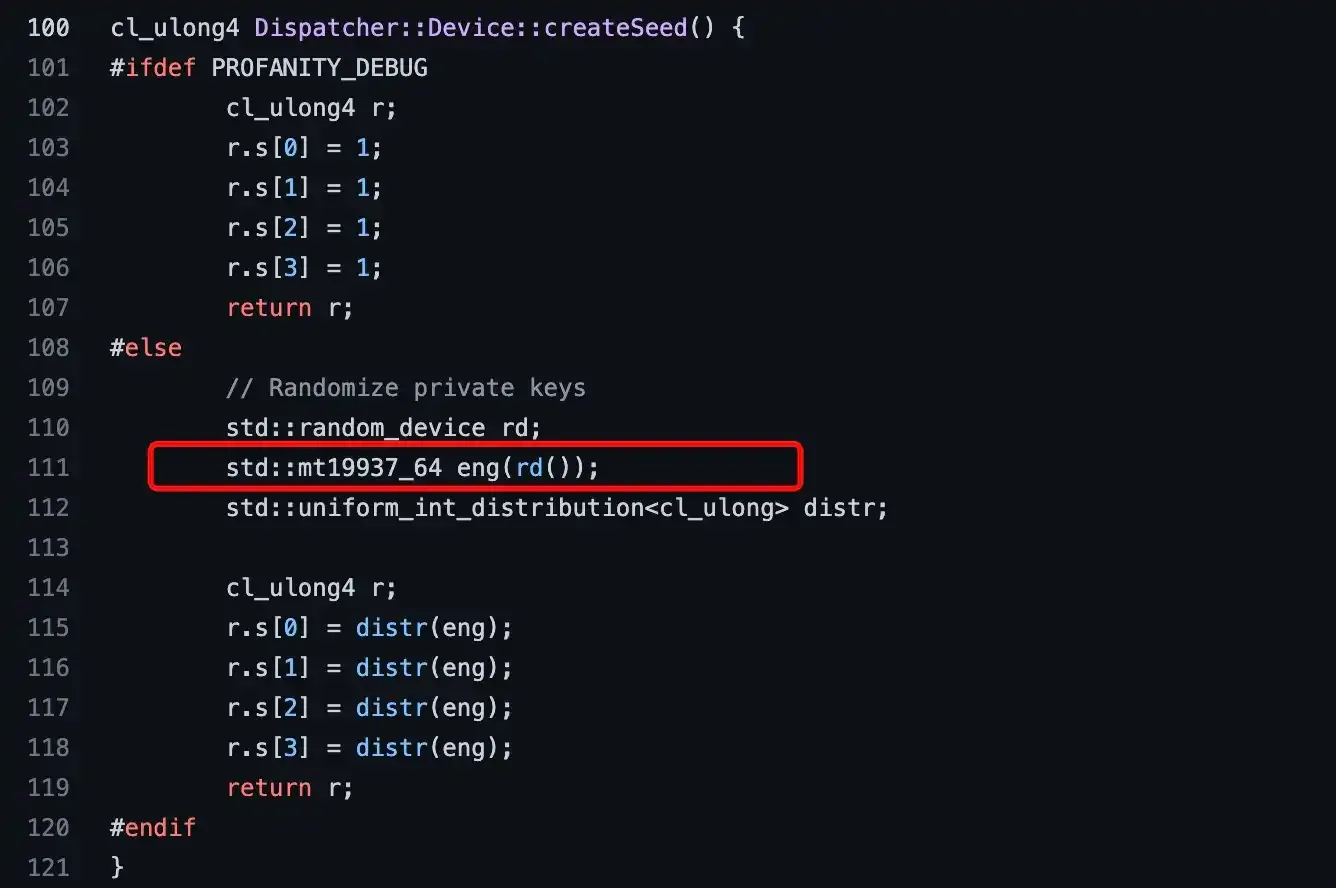The government doors are tightly shut, and the public has taken to the streets; this political storm is quietly reshaping the future of the economy.
In October, the political smoke is thick in the United States. The federal government shutdown has entered its third week, and the deadlock on Capitol Hill remains unresolved; meanwhile, millions have taken to the streets, holding up "No Kings" banners, protesting President Trump's "king-like governance."
Behind these seemingly unrelated political events lies a profound market transformation brewing—especially in the emerging field of cryptocurrency.

01 Political Deadlock: Shutdown Crisis and Street Protests
The U.S. government shutdown has lasted over half a month. As of October 17, the Senate has held its tenth vote on a temporary funding bill, which has still not passed. This deadlock is heading towards becoming the second longest government shutdown in U.S. history.
Treasury Secretary Yellen has issued a warning, stating that the ongoing government "shutdown" is costing the U.S. economy about $15 billion a day.
More seriously, the government shutdown has delayed the release of key economic data, including the highly anticipated Consumer Price Index (CPI) and employment data reports. Federal Reserve Chairman Powell has expressed concern, noting that "if the 'shutdown' continues for a while, they will be unable to collect data, and the situation will become more challenging."
Meanwhile, from October 18 to 19, large-scale "No Kings" protests erupted across the U.S. Organizers claim that over 2,600 demonstrations were held in all 50 states.

In New York, despite over 100,000 participants, there were no arrests related to the protests.
These demonstrations directly target President Trump's policies and leadership style, with Senator Bernie Sanders stating at the rally: "No, President Trump, we do not want you or any other king ruling over us."
02 Economic Impact: From Data Gaps to Global Concerns
The most immediate impact of the government shutdown is the "supply cut" of economic data. The Labor Department has postponed the release of the September Consumer Price Index report, and previous employment data has also been delayed. This data black hole not only affects decision-making within the U.S. but also has a ripple effect on the global economy.
Reuters warns that "the darkness of U.S. data casts a shadow over the globe," as many countries typically use U.S. data to gauge the trends of the world's largest economy.
Bank of England Monetary Policy Committee member Catherine Mann pointed out that this situation could weaken the dollar's position or erode the independence of the Federal Reserve, akin to "termites slowly eating away at the foundation."
S&P Global Market Intelligence estimates that if the U.S. government shutdown continues, the unemployment rate could rise significantly from 4.3% to 4.8%.
The White House Council of Economic Advisers predicts that a month-long government shutdown could lead to a $30 billion loss in consumer spending across the U.S.
Data Indicators
Original Release Date
Impact of Shutdown
Market Expectations
Impact on the Federal Reserve
September Non-Farm Payrolls
October 3
Completely Delayed
50,000 new jobs, 4.3% unemployment rate
Missing employment signals may delay interest rate cuts
September CPI
October 15
Completely Delayed
Core CPI year-on-year 2.5%-2.7%
Inflation data deviation increases policy uncertainty
October FOMC Meeting
October 30
Indirect Impact
Maintain or cut by 25bp
Highly dependent on NFP/CPI, leaning towards wait-and-see
Source: AiCoin Compilation
03 Cryptocurrency Market: Short-term Volatility and Long-term Opportunities
Against the backdrop of increasing political and economic uncertainty, the cryptocurrency market has shown complex trends. The Federal Reserve's monetary policy direction has become the most critical influencing factor for the crypto market. Recently, Fed Chairman Powell's "dovish" tone has clearly signaled a potential interest rate cut, indicating that the federal funds rate is expected to gradually decline.
This policy shift could inject strong momentum into the crypto market. Historical data shows that after interest rate cuts in 2024, Bitcoin rose by 30% as positive sentiment took hold. As a typical high-risk asset, Bitcoin exhibits a "seesaw effect" with dollar-denominated fixed-income assets—during a rate-cutting cycle, yields on dollar-denominated bonds decrease, leading funds to flow into the crypto market, driving up coin values.
However, in the short term, the crypto market still faces multiple challenges. The scale of Bitcoin spot ETFs has surpassed $60 billion, with institutional funds continuing to flow in as a core support for the market. Yet, retail high-leverage trading has still triggered short-term volatility, with liquidations from leveraged trading reaching $275 million in just 24 hours.
04 Market Outlook: Liquidity Drivers and Regulatory Constraints
Looking ahead, the trajectory of the crypto market will depend on the dynamic balance of three major factors: the pace of policy implementation, the sustainability of funding, and emotional and technical constraints.
● The regulatory environment is also changing. The EU's MAC amendment has raised the entry threshold for small and medium-sized institutions, and the U.S. ICC plans to introduce derivatives regulatory guidelines.
● The tightening of global regulations is pushing the valuation of crypto assets from a single liquidity-driven model to a "liquidity + policy" multi-dimensional pricing model.
● On the other hand, the Federal Reserve's balance sheet has fallen to $6.7 trillion, the lowest since April 2020, and ongoing quantitative tightening may lead to decreased market liquidity, increasing the volatility of mainstream coins like Bitcoin and Ethereum.
05 Investment Strategy: Finding Balance Amid Uncertainty
● In the face of political deadlock and market uncertainty, investors need to adopt a more cautious strategy. The duration of the U.S. government shutdown and its resolution will critically impact the short-term market trajectory.
If the shutdown continues, it will lead to more economic data being delayed, making it more difficult for the Federal Reserve to formulate policy, potentially accelerating interest rate cut decisions.
● For the crypto market, around $115,000 will become a key resistance level for Bitcoin in the next phase. Investors should closely monitor changes in corporate holdings and the scale of ETF fund inflows; historical data shows that the strength of institutional "buy and hold" consensus directly determines the height of a bull market.
● Against the backdrop of increasing political polarization in the U.S., the "No Kings" movement may not just be a one-time event but could evolve into a sustained protest activity.
● The three major factors—policy implementation pace, funding sustainability, and emotional and technical constraints—will jointly determine the future direction of the crypto market.
The tightly shut doors of the White House and the deafening protests in the streets together outline the reality of political polarization in the U.S. For investors focused on the crypto market, these political fluctuations are not just headlines but a force reshaping the investment landscape.
Join our community to discuss and grow stronger together!
Official Telegram community: https://t.me/aicoincn
AiCoin Chinese Twitter: https://x.com/AiCoinzh
OKX benefits group: https://aicoin.com/link/chat?cid=l61eM4owQ
Binance benefits group: https://aicoin.com/link/chat?cid=ynr7d1P6Z
免责声明:本文章仅代表作者个人观点,不代表本平台的立场和观点。本文章仅供信息分享,不构成对任何人的任何投资建议。用户与作者之间的任何争议,与本平台无关。如网页中刊载的文章或图片涉及侵权,请提供相关的权利证明和身份证明发送邮件到support@aicoin.com,本平台相关工作人员将会进行核查。




